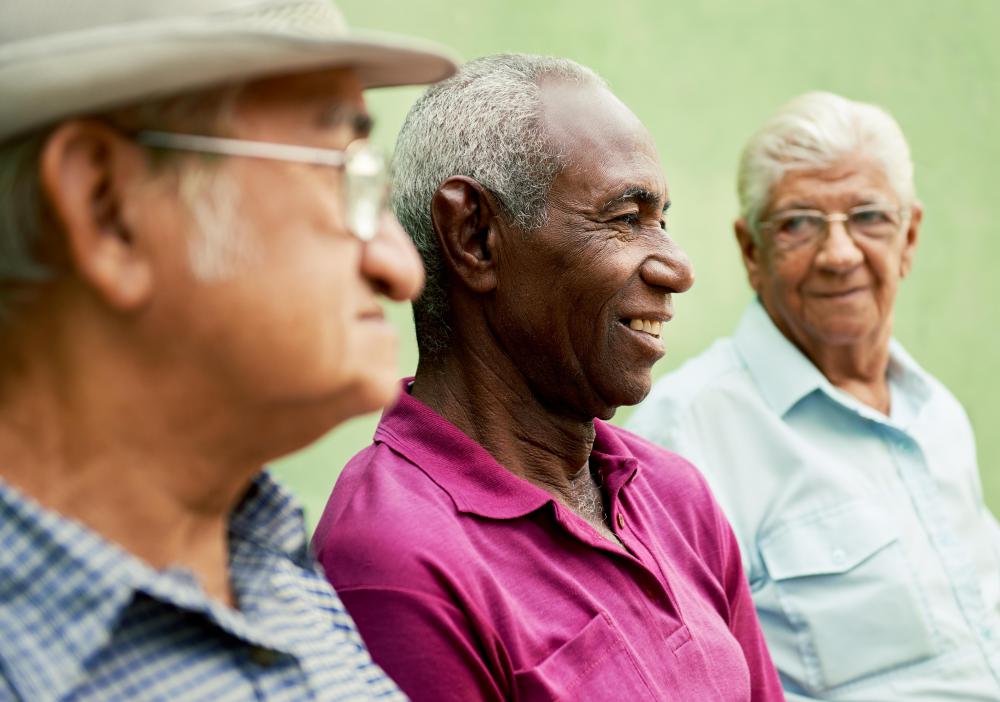At WiseGEEK, we're committed to delivering accurate, trustworthy information. Our expert-authored content is rigorously fact-checked and sourced from credible authorities. Discover how we uphold the highest standards in providing you with reliable knowledge.
What is Ayurvedic Therapy?
Ayurveda, which originated in India, is one of the oldest-known medical practices in the world. Focusing on body-mind balance, it takes into account the patient’s being as a whole — body, mind, spirit, and soul. Ayurvedic therapies, such as meditation, massage, cleansing, detoxification, and yoga, incorporate this holistic approach through a combination of philosophy, psychology, and spiritual guidance.
First developed 5,000 years ago, Ayurvedic therapy derives its name from the combination of the Sanskrit words ayur which means life, and veda which means science. In modern times, it is practiced the world over. It is also considered a complementary and alternative medicine.

According to Ayruvedic teachings, the universe consists of five main elements — earth, air, space, water, and fire — and the body of bodily humors called doshas. Each dosha combines two of the universal elements — vatta dosha combines space and air, pitta dosha combines fire and water, and kapha dosha combines water and earth. Ayurvedic therapy seeks to bring mental and physical well-being to the patient by balancing all three.

Self-control and regulation are foundational to Ayurveda and are believed to lead to longevity and health. As such, meditation is one of the primary Ayurvedic therapies recommended to patients. It is believed this practice of self reflection and concentration on positive aspects of life provides relief from psychological distress and ailments. Patients are taught different concentration techniques and are encouraged to meditate regularly to achieve goals of greater focus, composure, relaxation, and eventually nirvana — perfect peace.

The Ayurvedic therapy of massage is used in conjunction with various oils and herbal lotions to rejuvenate cells and rid the body of toxins. Different oils may be selected based on the season and the patient’s body requirements. Practitioners seek to relieve ailments related to muscles, ligaments, and the nervous system through focus on maramas — pressure points.

It is believed toxins regularly build up in the body, leading to illness and discomfort. The purpose of the Ayurvedic therapy of cleansing and detoxification is to cleanse the body of these toxins by eliminating ama. Ama is described as undigested food that interferes with the normal function of the body. Panchakarma is a process that aims to cleanse the body through elimination of ama. This process takes place through the digestive tract and the respiratory system.
Methods such as enemas, massage, and medical oils administered in a nasal spray may be used. Herbs and plants are also regularly used to cleanse the body and prepare various medicines. They are combined in different ways to treat disease and general ailments, and to strengthen immunity.
Yoga — the practice of asanas, or postures — is another Vedic science that is complimentary to Ayurveda. While Ayurveda mainly focuses on health and body, yoga deals more with the mind and consciousness. There are, however, many commonalities between the two practices. Both advocate the balance of doshas, the use of herbs and meditation, and seek to achieve mental and physical health and well-being.
AS FEATURED ON:
AS FEATURED ON:














Discuss this Article
Post your comments